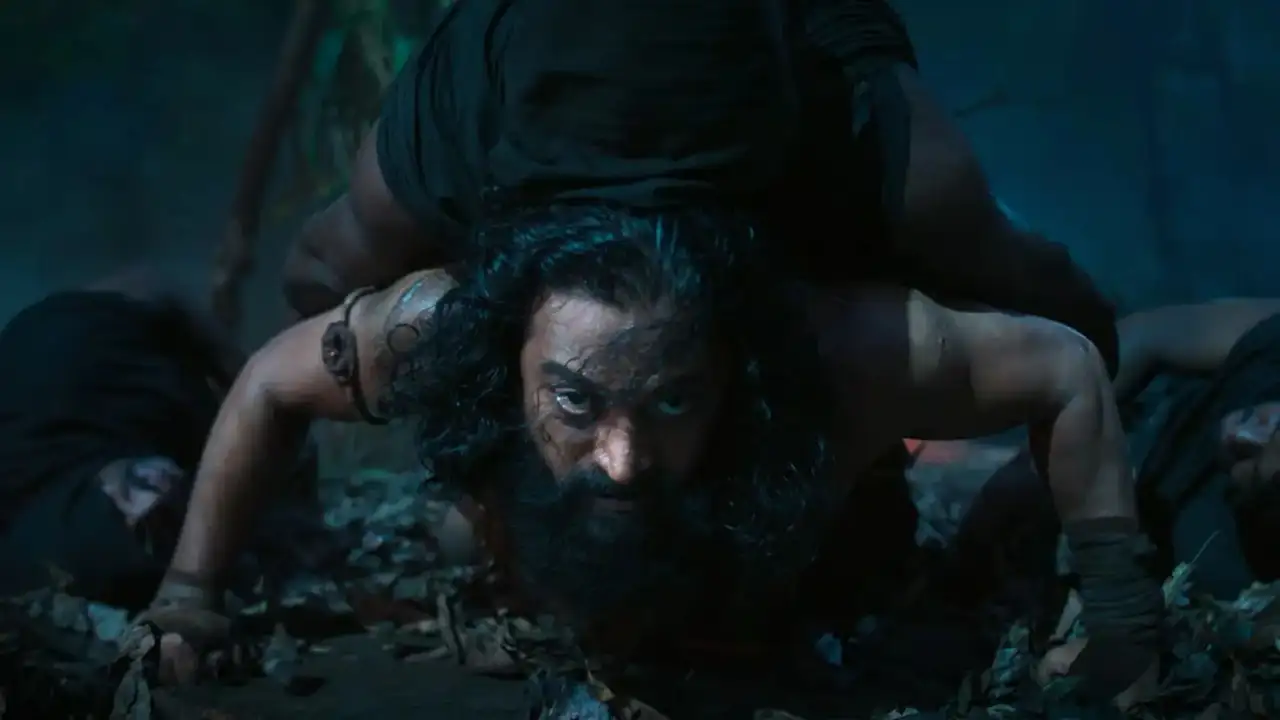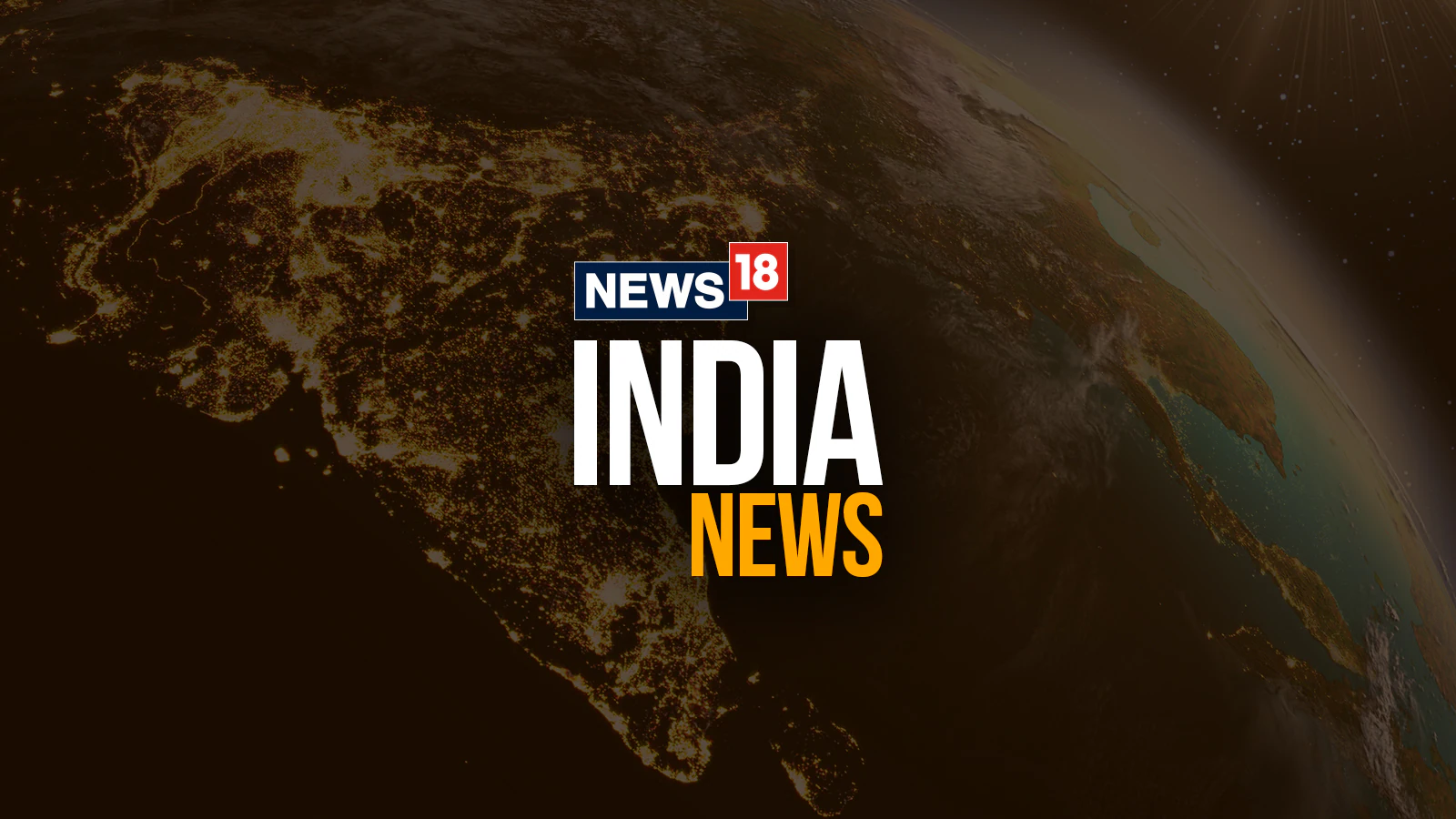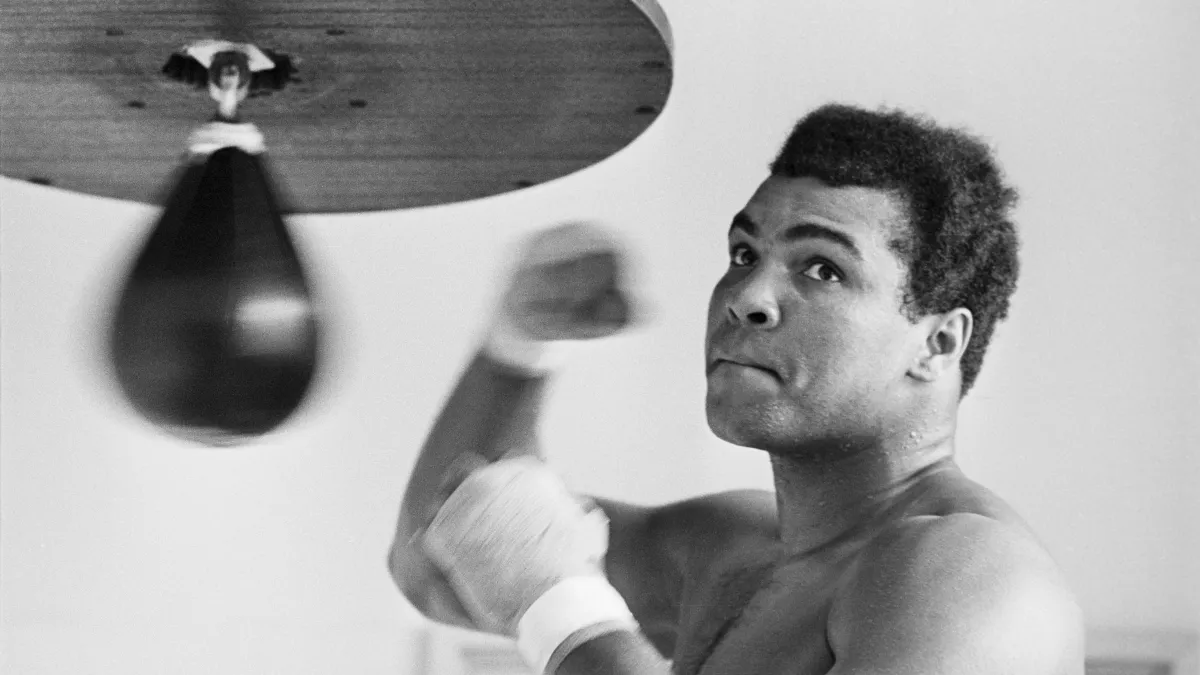Kantara Chapter 1 Ending EXPLAINED: Will Rishab Shetty’s Visual Spectacle Return With Threequel?
By Tanmayi Savadi
Copyright timesnownews

Danta kathe or fables are immortal. Told by grandparents as popular bedtime stories, they become a part of life almost instantly and naturally. Similarly, when Kantara released in 2022, it was more than just critically acclaimed. The ritual of Bhoot Kola was put on the global map, and Tulu Nadu’s culture was celebrated cinematically. Does Kantara Chapter 1, the prequel, answer questions that were left unresolved? Let’s decode the film and its climax. *Spoilers Ahead* Panjurli Daiva, the residing deity of Kantara’s dense jungle, is known for descending on earth to punish those following ‘adharma’. In the garb of the divine, Berne (Rishab Shetty) is born. He is found by Baidi, a local tribal woman, in a deep circular pit created mysteriously. ALSO READ: Kantara Chapter 1 Movie Review: Rishab Shetty Expands Folklore With Deeper, Visually Mesmerising Story History of Kantara The land has its past. The king of Bangra dies an untimely death while attempting to venture into the forbidden Eeshwara’s hoototta, a garden of rich and flavourful spices. His son, Vijayendra (Jayaram), vows never to enter Kantara. However, his son, Kulashekhara (Gulshan Devaiah), breaks the rule, prompting the men from Kantara to challenge them. When they cross boundaries, Berne and his friends are introduced to trade and commerce. They learn that the spices from their land are sold at a cost and decide to sell the products of their land to earn money. Amid this, Berne falls in love with Princess Kanakavathi (Rukmini Vasanth), the daughter of Vijayendra. Angered by the Kantara members planning to venture into commerce and Berne and Kanakavathi’s blooming romance, Kulashekhara visits the hoototta to destroy the spices. When Berne learns about it, he rushes to protect his mother and others. But the fire spread by Kulashekhara spreads rapidly. When a village seeks protection from Daiva, he chooses Berne to teach the king a lesson. As Daiva enters his body, the villagers get to witness different forms of the deity. Kulashekhara, a king who respects none, is killed by Daiva. Bloodbath Back home, Vijayendra is keeping unwell, and until he regains consciousness, Kulashekhara is not cremated. As preparation for Brahmakalasha is on, Vijayendra and Kanakavathi notice a crack on the shivling. She travels all the way to Kantara to apologise and allow Daiva to reside with them. Berne and a few people from Kantara go to her kingdom to perform a puja. Brahmakalash is celebrated without any obstacle. Twist in the tale Once Berne and his friends are back home, they notice that the children of the village have fallen extremely sick. An expert informs them that Daiva has been caged and is in the wrong hands. Berne realises that Kanakavathi is the evil mind behind the mayhem. It is because of her that Kulashekhara dies. She aims for the hoototta and prompts him to destroy Kantara. Using black magic, Kanakavathi plans to attack Berne. She summons the spirit of her ferocious grandfather to enter Vijayendra’s body. On the other hand, Berne discovers the hidden secrets of the circular pit and jumps into it for Daiva’s blessings. As myth has it, the village has a Brahmarakshas; Berne encounters him. He runs for his life. When he is near a Shiv Ling, he unleashes his powers attained from the Huli (tiger) Daiva. Climax Berne challenges Kanakavathi and Vijayendra. Summoning Daiva into him, he attempts to defeat her. However, she doesn’t allow a man to touch her. Carrying Chavundi (or Chamundi), he takes the form of Ardhanarishvara to kill the princess. Vijayendra also dies. Back to the present time, Shiva’s son enquires about the circular pit and its mysteries. He promises to tell that separately, signalling the next part of Kantara. Kantara Chapter 1 is directed and written by Rishab. It has released in theatres in Kannada, Hindi, Telugu, Tamil, Malayalam, Bengali and English.



